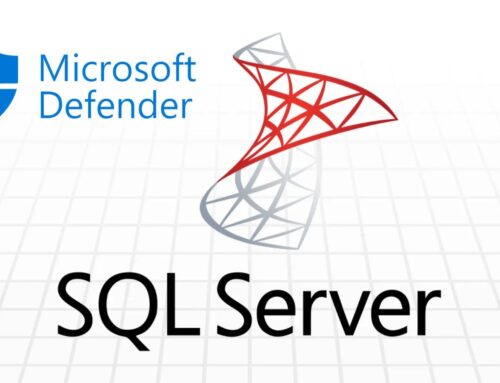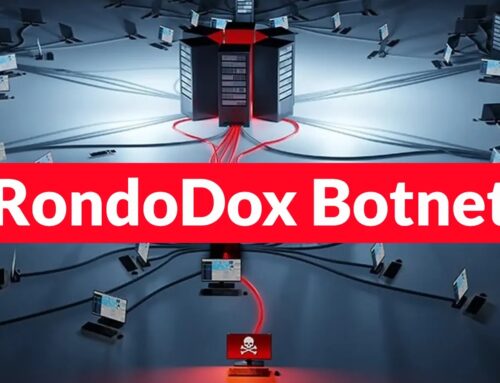
Smart Bus Systems Vulnerability Let Hackers Remotely Track and Control Vehicles
The ubiquity of smart systems in public transportation brings unprecedented convenience and efficiency. However, this advancement also introduces significant cybersecurity challenges. A recently exposed critical vulnerability in leading smart bus systems highlights a profound risk: the potential for attackers to remotely track and even control public vehicles. This discovery underscores the urgent need for robust security measures in our connected infrastructure.
The Critical Flaw: CVE-2025-44179
Cybersecurity researchers have identified a severe security flaw, designated CVE-2025-44179, within the remote management interface of onboard modems utilized by several major transit providers. This vulnerability is not theoretical; it represents a tangible threat that could compromise the safety and integrity of public transportation networks. The flaw specifically targets the critical component responsible for remote communication and control within the bus system, creating a direct pathway for malicious actors.
Understanding the Threat: Remote Tracking and Control
Exploitation of CVE-2025-44179 grants attackers two highly alarming capabilities:
- Real-time Location Tracking: Malicious actors can gain unauthorized access to the precise, real-time location data of affected buses. This capability poses significant privacy concerns for passengers and could be exploited for surveillance or reconnaissance purposes, providing insight into fleet movements and rider patterns.
- Remote Control Commands: Far more critically, the vulnerability allows attackers to issue remote control commands to the vehicles. While the specific extent of these commands is not fully detailed in initial reports, the implication is severe. Such commands could theoretically range from disrupting onboard systems, altering destination displays, or even potentially impacting critical operational functions, posing direct safety risks to passengers and staff.
The potential misuse of these capabilities extends beyond mere mischief. Imagine the chaos and danger if a bus system’s integrity is compromised during rush hour, or if location data is used for nefarious purposes. This vulnerability moves beyond data breaches and into the realm of physical world impact, a growing concern in the Internet of Things (IoT) landscape.
Affected Systems and Broader Implications
While the initial report does not list specific vendors, the reference to “leading smart bus systems” and “major transit providers’ onboard modems” indicates a widespread potential impact. This suggests that the vulnerability may be tied to common software or hardware components used across the industry. Organizations operating similar smart transit infrastructure should immediately assess their systems for exposure.
This incident serves as a stark reminder that as we integrate more interconnected and sensor-driven technologies into urban infrastructure, the attack surface expands dramatically. A single critical flaw can have cascading effects, impacting operational continuity, public trust, and, most importantly, human safety.
Remediation Actions for Transit Authorities
Given the severity of CVE-2025-44179, immediate and decisive action is imperative for all transit authorities utilizing smart bus systems. The following steps are critical:
- Vendor Communication and Patching:
- Immediately contact all smart bus system and onboard modem vendors to confirm exposure to CVE-2025-44179.
- Prioritize and deploy any available patches or firmware updates provided by vendors without delay. Establish a robust patch management lifecycle for all operational technology (OT) systems.
- Network Segmentation:
- Implement strict network segmentation between the onboard modem’s remote management interface and other critical vehicle systems.
- Ensure that the remote management interface is not directly exposed to the public internet and is only accessible through secure, authenticated, and hardened pathways.
- Access Control and Authentication:
- Review and strengthen all access control policies for remote management interfaces.
- Enforce strong, multi-factor authentication (MFA) for all administrative access.
- Implement the principle of least privilege, ensuring operators only have access to necessary functions.
- Monitoring and Anomaly Detection:
- Enhance logging and monitoring capabilities for all communication to and from onboard modems.
- Implement anomaly detection systems to identify unusual command patterns, unauthorized access attempts, or deviations from normal operational behavior.
- Establish alerts for suspicious activity related to location tracking or remote control commands.
- Security Audits and Penetration Testing:
- Conduct independent security audits and penetration tests on smart bus systems, specifically targeting remote management interfaces and communication protocols.
- Engage ethical hackers to simulate attack scenarios and identify potential weaknesses before malicious actors can exploit them.
- Incident Response Plan:
- Review and update incident response plans specifically for cybersecurity incidents impacting operational technology, including procedures for isolating affected vehicles, forensic analysis, and public communication.
- Conduct tabletop exercises to test the effectiveness of these plans.
Tools for Detection and Mitigation
Implementing effective cybersecurity involves leveraging appropriate tools for scanning, detection, and ongoing monitoring. For addressing vulnerabilities like CVE-2025-44179, a combination of network security, vulnerability management, and operational technology (OT) security tools are essential.
| Tool Name | Purpose | Link |
|---|---|---|
| Nessus | Comprehensive vulnerability scanning and assessment for network devices and applications. | https://www.tenable.com/products/nessus-vulnerability-scanner |
| Wireshark | Network protocol analyzer for deep inspection of network traffic to detect anomalous communications. | https://www.wireshark.org/ |
| Shodan | Search engine for internet-connected devices, useful for identifying public-facing management interfaces. | https://www.shodan.io/ |
| Burp Suite | Web vulnerability scanner and proxy for testing web-based management interfaces for flaws. | https://portswigger.net/burp |
| Nozomi Networks Guardian | OT/ICS security platform for real-time visibility, threat detection, and asset inventory in critical infrastructure. | https://www.nozominetworks.com/products/guardian/ |
| Claroty Platform | Industrial cybersecurity platform offering asset discovery, vulnerability management, and threat detection for OT environments. | https://claroty.com/platform/ |
Protecting Public Transit in a Connected Future
The discovery of CVE-2025-44179 in smart bus systems serves as a critical wake-up call for the entire public transportation sector. As our cities embrace intelligent infrastructure, the cybersecurity posture of these connected systems becomes paramount. It’s no longer just about protecting data; it’s about safeguarding physical assets and, most importantly, human lives.
Proactive vulnerability management, rigorous security assessments, and a commitment to continuous improvement in cybersecurity are essential. Transit authorities must collaborate closely with technology providers, security researchers, and government bodies to ensure that our public transportation systems are resilient against evolving cyber threats. The future of smart mobility depends on secure foundations.





